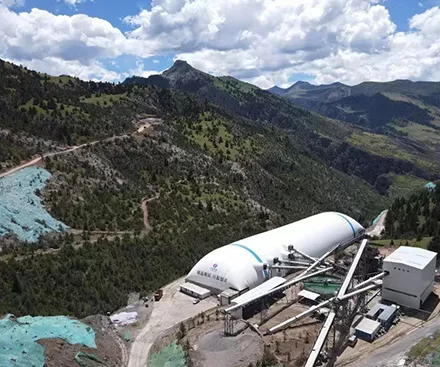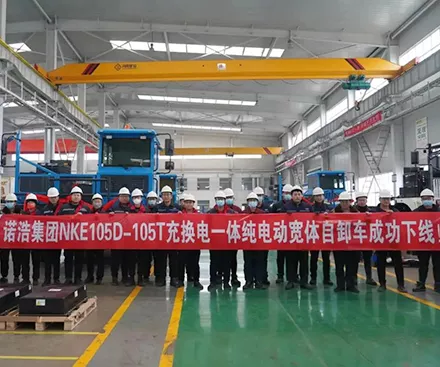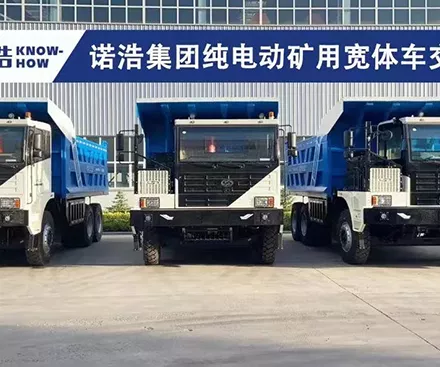Excavators can be divided into several types, including crawler excavators, wheeled excavators, and towed and rail excavators. Despite their differences, they all consist of a boom, dipper, bucket, and cab. The crawler excavator is a tracked vehicle that moves on crawler tracks, while the wheeled excavator moves on wheels. Both types can be used in various working conditions, such as digging trenches and holes, material handling, forestry work, and demolition.
Both wheeled and crawler excavators are widely used in construction projects. Here’s a detailed comparison of their advantages and disadvantages to help you select the most suitable equipment for your working conditions. This will ensure that your engineering operations achieve optimal efficiency and effectiveness.
The walking mechanism of wheeled excavators uses tires. Generally, the standard configuration of vacuum rubber tires is sufficient, but in high-temperature environments, solid tires offer better performance and can handle harsher working conditions.
Advantages: Mobile and flexible, convenient for transfer, low cost, low fuel consumption, fast travel speed, minimal ground damage, and shock-absorbing cushioning function of rubber tires.
Disadvantages: poor passing performance, poor load-bearing capacity, poor stability (but can be equipped with eight legs to improve stability).
Applicable working conditions: hard surface, such as concrete, highway, lawn.
The running mechanism of crawler excavator is crawler, and there are two kinds of chassis: rubber and steel crawler. The rubber track chassis can support up to 10 tons of body weight, with low noise and minimal ground damage. In contrast, the steel track chassis can handle greater load weights, and large crawler excavators are typically equipped with steel track chassis.
Advantages: Strong off-road capability, excellent passing ability, high load-bearing capacity, superior climbing ability, and good stability and durability.
Disadvantages: Relatively bulky, poor handling, slow travel speed, high cost, high fuel consumption, rapid wear and tear of parts, and potential damage to surfaces.
Applicable Working Conditions: Soft and wet ground, such as mud, muck, and swamp.
The advantage of a crawler hydraulic excavator is that it can dig or excavate without much set-up. It can realize 360°free rotation. The crawler crane’s dynamic property and trafficability is better than wheeled crane. It is capable of working in mining project or muddy area with stronger gradeability. Wheeled excavator features high flexibility, which can travel rapidly among different jobsites with the speed up to 40-50KM/H. It is suitable for firm ground operation without damaging the road surface. However, the tire's low heat resistance and high flexibility can compromise stability and safety.
As a result, more and more people now prefer crawler excavators. Although crawler excavators are less mobile, they can be transported using a specialized transport cart. Additionally, the comprehensive performance of crawler excavators generally surpasses that of wheeled excavators, making them suitable for a wider range of job sites.
Two Criteria:
Typically, crawler excavators require a higher investment compared to wheeled excavators. However, capital is only one aspect of choosing the model. The ability to improve efficiency is the most critical factor.
a. Consider the road conditions of the project. For better road conditions, wheeled excavators are preferred; for off-road capabilities, choose crawlers.
b. Assess the frequency of project transfers. For frequent transfers, wheeled excavators are more suitable; for fixed sites, either type can be used.
c. Evaluate the size of the project and time constraints. For large projects with tight deadlines, choose a crawler; for general projects with more flexible timelines, a wheeled excavator is suitable.

Jul. 23, 2022
View More
Jun. 15, 2022
View More
Jun. 01, 2022
View More